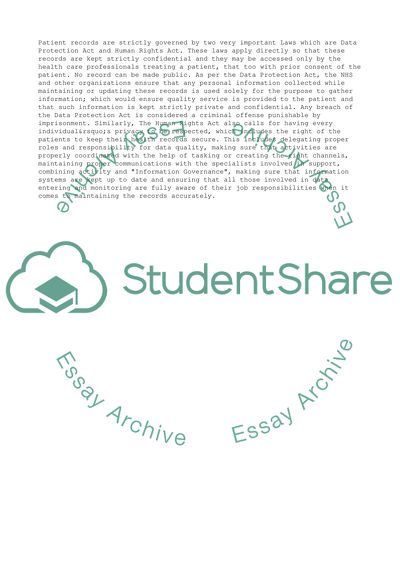Cite this document
(“Business Communication Coursework Example | Topics and Well Written Essays - 3000 words”, n.d.)
Retrieved from https://studentshare.org/business/1650757-business-communication
Retrieved from https://studentshare.org/business/1650757-business-communication
(Business Communication Coursework Example | Topics and Well Written Essays - 3000 Words)
https://studentshare.org/business/1650757-business-communication.
https://studentshare.org/business/1650757-business-communication.
“Business Communication Coursework Example | Topics and Well Written Essays - 3000 Words”, n.d. https://studentshare.org/business/1650757-business-communication.


